Do you have a question about the Asus ZenScreen Touch MB16AMT and is the answer not in the manual?
System warns at 20% battery; use QC3.0 adapter or "Charging from NB/PC" option.
Battery drains even when charging via laptop/desktop; adjust brightness to reduce consumption.
Fix screen freezing by adjusting phone system settings for Huawei, Vivo/OPPO/Sony.
Requires ZenScreen Touch/DisplayLink apps; manage app prompts and permissions for Android connectivity.
Step-by-step guide to grant Full Screen Mode permission in ZenScreen Touch app via phone settings.
Compatible phones require Android 6.0+ and HID multi-touch for ZenScreen Touch functionality.
Touch feature availability depends on phone's HID multi-touch support; confirm with manufacturer.
How to adjust screen resolution and frequency via Control Panel in Windows 7.
How to adjust screen resolution and frequency via Display Settings in Windows 10.
Table of supported resolutions, refresh rates, and horizontal frequencies for PC displays.
Addresses blur, position, or color issues; suggests basic troubleshooting steps.
Instructions for automatic calibration (VGA) and resetting monitor settings to default.
Recommends specific resolution/refresh rates for various monitor aspect ratios and sizes.
Suggests updating the graphic card driver to resolve resolution display issues.
Verify VGA, DVI, HDMI, DP, USB cable connections and pin integrity for proper display.
Recommend trying identical cables, testing with other screens/PCs for diagnosis.
Addresses abnormal screen colors or random jitter, referencing earlier steps.
System warns at 20% battery; use QC3.0 adapter or "Charging from NB/PC" option.
Battery drains even when charging via laptop/desktop; adjust brightness to reduce consumption.
Fix screen freezing by adjusting phone system settings for Huawei, Vivo/OPPO/Sony.
Requires ZenScreen Touch/DisplayLink apps; manage app prompts and permissions for Android connectivity.
Step-by-step guide to grant Full Screen Mode permission in ZenScreen Touch app via phone settings.
Compatible phones require Android 6.0+ and HID multi-touch for ZenScreen Touch functionality.
Touch feature availability depends on phone's HID multi-touch support; confirm with manufacturer.
How to adjust screen resolution and frequency via Control Panel in Windows 7.
How to adjust screen resolution and frequency via Display Settings in Windows 10.
Table of supported resolutions, refresh rates, and horizontal frequencies for PC displays.
Addresses blur, position, or color issues; suggests basic troubleshooting steps.
Instructions for automatic calibration (VGA) and resetting monitor settings to default.
Recommends specific resolution/refresh rates for various monitor aspect ratios and sizes.
Suggests updating the graphic card driver to resolve resolution display issues.
Verify VGA, DVI, HDMI, DP, USB cable connections and pin integrity for proper display.
Recommend trying identical cables, testing with other screens/PCs for diagnosis.
Addresses abnormal screen colors or random jitter, referencing earlier steps.
| Color | dark gray, gray |
|---|---|
| Screen Type | lcd |
| Touch Screen | no |
| Webcam | no |
| OS Compatibility | android, chrome, linux, mac, windows |
| Screen Size | 15.6 inches |
| Panel Type | ips |
| Aspect Ratio | 16:9 |
| Resolution | 1920 x 1080 |
| Native Resolution | 1920 x 1080 |
| Refresh Rate | 60hz |
| Response Time | 5 milliseconds |
| Brightness | 250 candela per square meter |
| Contrast Ratio | 700:1 |
| Synchronization | not applicable |
| HDR | no |
| Built-In Speakers | no |
| HDMI Ports | 0 |
| Headphones Output | no |
| Power Saving Mode | 0 watts |
| Power Consumption | 12 watts |
| Width with Stand | 14.2 inches |
| Depth without Stand | 0.4 inches |
| Height without Stand | 9 inches |
| Net Weight without Stand | 2 pounds |
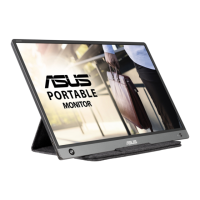
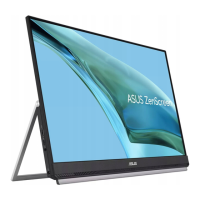
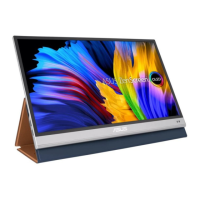
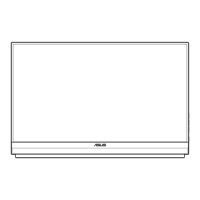
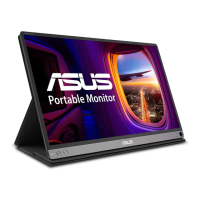
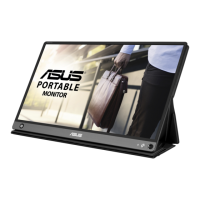
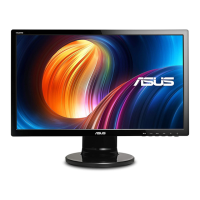
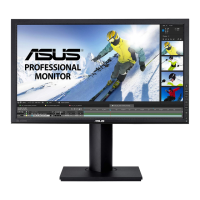
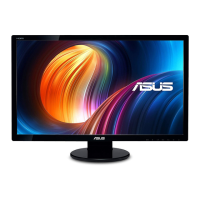
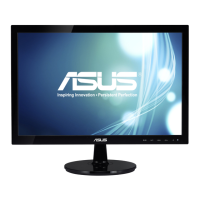
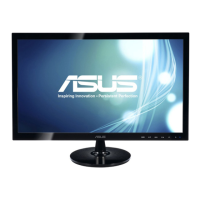
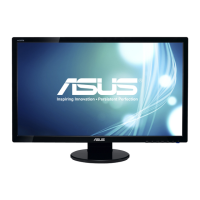
